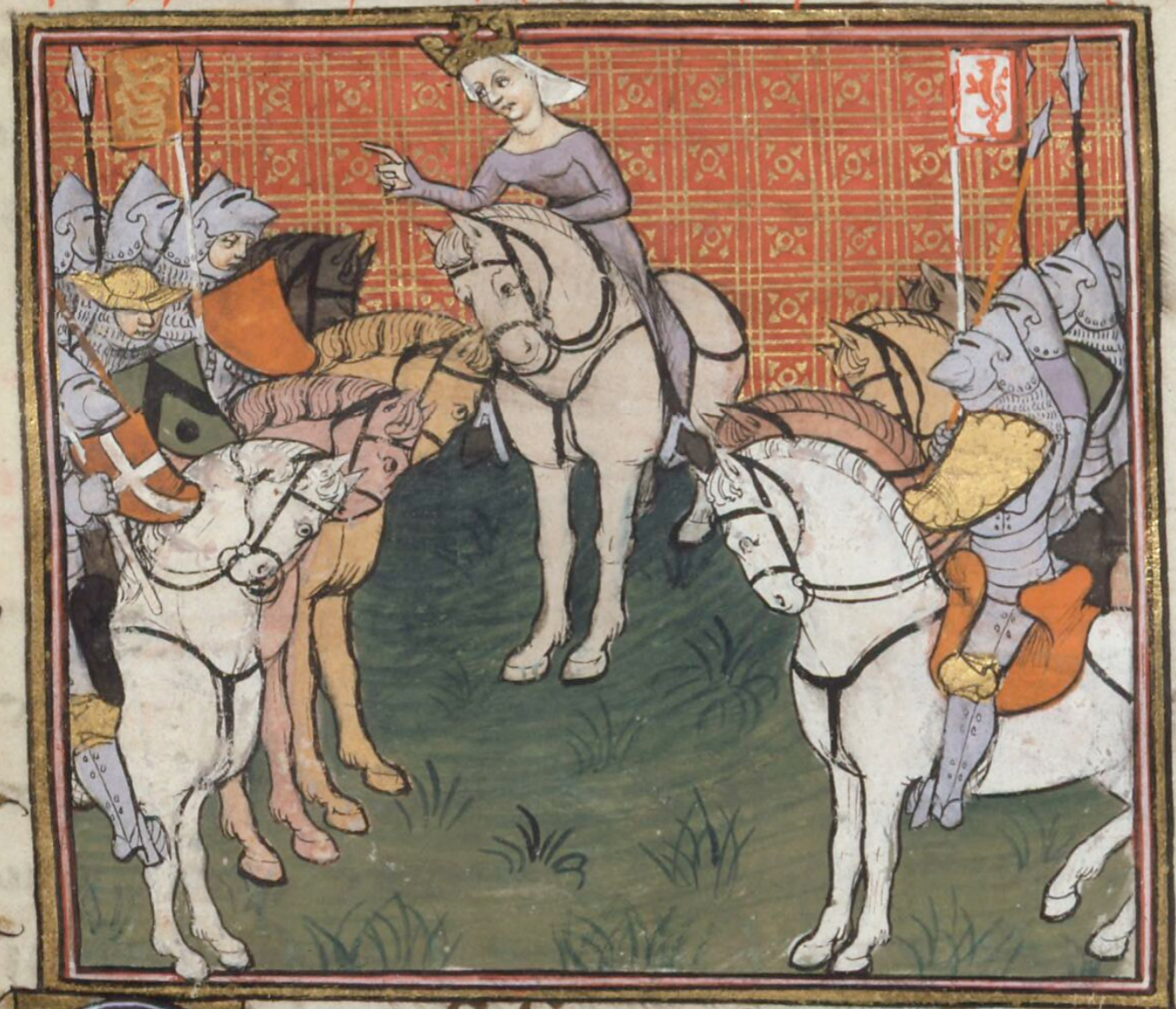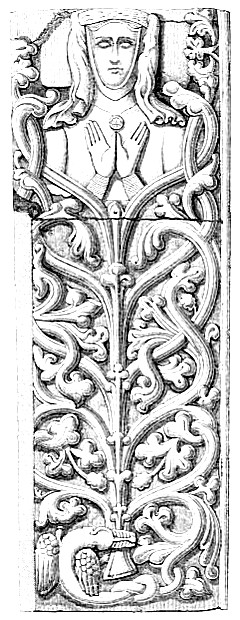Marquess of Norhampton and Lady Caithness
Hello.
I've registered to this forum to consult you about the ancestry of Maria Josefa Mariategui - or, using Spanish style, Maria Josefa Mariategui y Compton, better known as Duchess of Medina de Pomar (papal Countess de Pomar after her 1st husband, created duchess suo jure in 1879) or Lady Caithness (after her 2nd), who was born in 1830 or 1832 and died in 1895. As some of you may know, she was an important personality first in Spanish and French spiritist circles, and then in the French Theosophical Society.
It is said about her, and parroted even by serious historians that her mother Mary (or Maria) Compton (married in 1819, died in 1851) belonged to the family of a Marquess of Northampton. Her relation to him is variously given as "daughter of the Marques of Northampton", "granddaughter of the Earl of Northampton" or "daughter of the younger brother of the Marquis of Northampton". Given the known dates of her life, she would have to be born no later than very early in the 19th century, so the only Marquess of Norhampton whose daughter or niece she could have been - to say nothing of granddaughter - would be the first, Charles Compton. The problem is, I have found no information about him having any younger brother, or any daughter named Mary, who converted to Catholicism and married a Mariategui. On one site however, I have encountered an unsourced utterance about Spencer Compton, 8th Earl of Northampton: "He didn't remarry before his death in 1796 (when he was 57), so any child of his born 'around 1783' would have to be illegitimate." There are no more details in the sources I have been able to reach. Does any of the users of this forum know, if there was anyone in the first half of the 19th century who was claimed to be the younger son, or perhaps a younger daughter of the 8th Earl of Northampton? Does any of you know a possible identity of "Maria Compton de Mariategui", as her name was given on the memorial on the Montmartre cemetery by her grandson? Was she even related to the Earls of Northampton, or was it just a contemporary gossip (it was already in circulation in the times of the Duchess of Pomar)?
Thanks in advance to anyone who could elucidate the matter.


